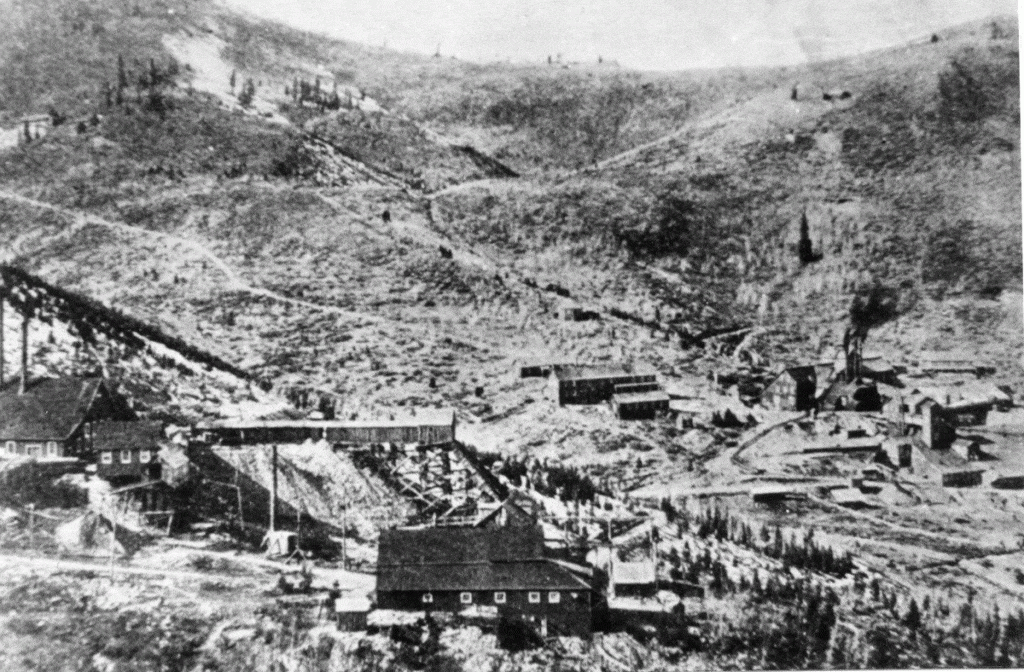“Terrible disaster has visited our camp leaving death and sorrow in its wake and casting a gloom…that is hard to dispel.” These words in the Park Record spoke to a deadly avalanche that struck the Quincy Mine on January 28, 1903.
Deer Valley skiers pass the slide site when they carve their way down the Bandana run. The slide originated near what’s now called the X-Files, a favorite glade area at the far reach of the Daly Chutes.
The Quincy slide smashed into the hoist building just before noon, killing three workers and trapping six. “The heavy boards and timbers of the building were crushed in like an eggshell and the whole building filled with snow,” the newspaper reported. “The roof was carried on the mass and the wonder is the whole hoisting plant was not carried down the gulch.”
With the deaths of John Gafney, E.J. Cotter and Charles Frink, the day was marked by tragedy. But it also had something of the miraculous: For one, the Quincy boardinghouse – just a few feet away – escaped damage. The men inside sounded the alarm and workers at the Daly West joined the rescue effort. In minutes, “there were fully 300 men on the scene working frantically in the hope to taking out the entombed men alive.” For another, had the slide hit a few minutes later, during the shift change, many more workers might have been in the hoist plant.

Credit: Park City Historical Society and Museum, Himes-Buck Digital Collection
Of those buried who survived, Noble Bates, the top carman, was probably saved because he was eating lunch near a work bench which protected him from the crushing snow. Dave Coleman, timberman, was eating in front of the boilers, which apparently gave him enough breathing space to survive when the snow piled in.
In the meantime, shift boss Michael Wynn was sheltered by the structure of the building and, despite being buried waist-deep and in total darkness, he was able to find candles and dig himself out with a shovel. Upon making it to safety, he “aided materially in locating the other men in the hoist.”
What of the men working below? Snow clogged the collar of the Quincy shaft, but the miners were well-supplied with air. As soon as they determined that the cage conveyance would not move and the shaft bell-signals were not working, they exited into the workings of the Little Bell mine through a connection at the 200-foot level of the Quincy. They quickly joined the Daly West miners in digging out the Quincy hoist plant. The rescue effort took two and a half hours.
In summer, the Quincy hoisting works remains are still visible. About 100 yards uphill from where the Mid Mountain Trail cuts across the Bandana run, you can hike off Bandana to the skier’s left. On top of the waste rock dump sits a rusting hulk of machinery, overgrown with brush. With the return of thick fir and aspen groves uphill, the machinery is at little risk of avalanche these days.